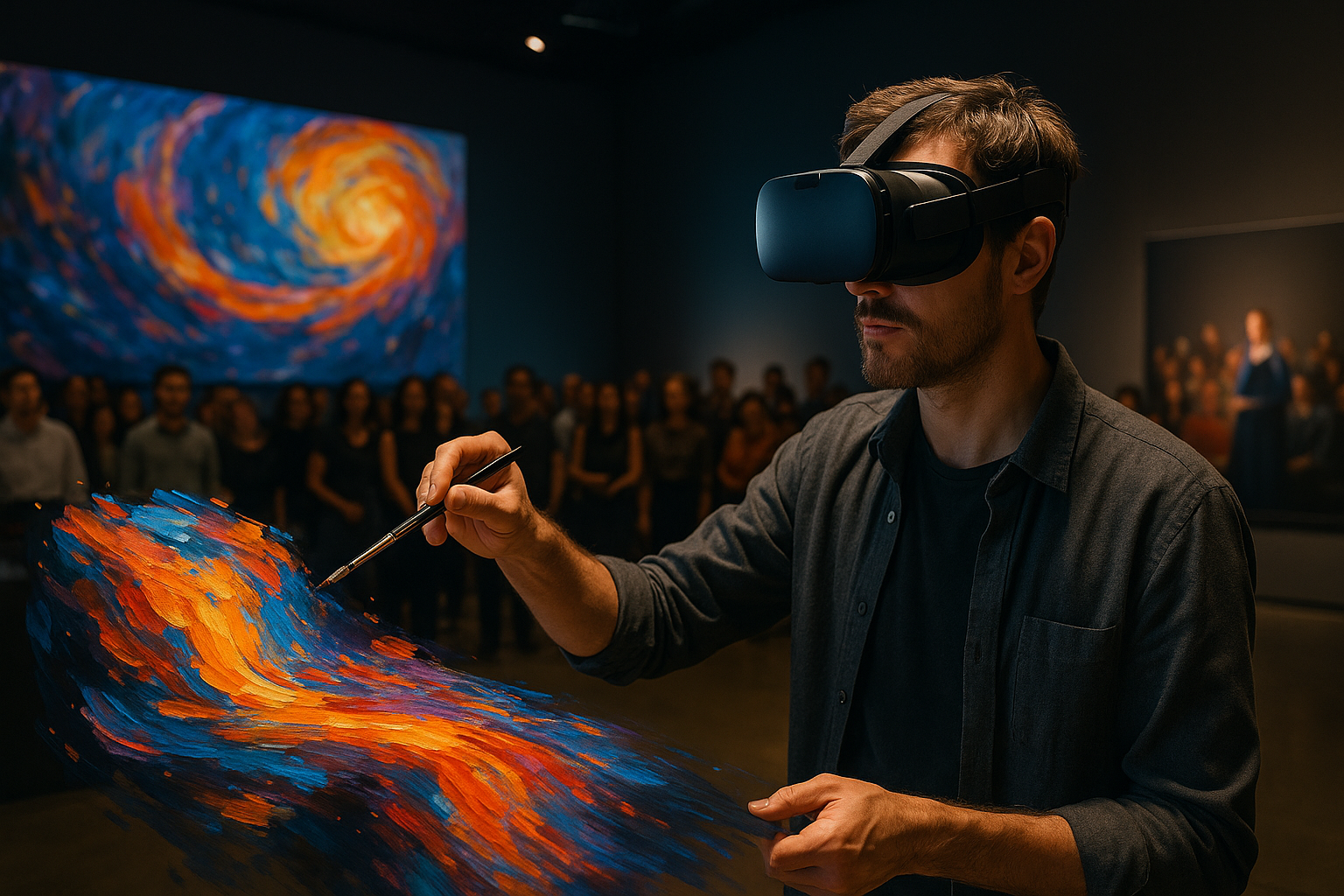Artist Residencies and Micro-Grants: Structuring Short-Term Support
Short-term supports such as artist residencies and micro-grants provide time-bound resources that enable focused creative work, testing of new programming ideas, and stronger local engagement. This article examines practical structures for residencies and small grants that balance artistic needs with organizational constraints.

Artist residencies and micro-grants are increasingly used to provide concise, targeted support for creative projects and experimental programming. Well-designed short-term interventions can offer artists space, modest funding, and professional development while allowing galleries, festivals, and community organizations to pilot new initiatives without long-term commitments. This article outlines pragmatic structures that prioritize clear objectives, equitable selection, measurable engagement, and practical follow-through.
Residency models and community engagement
Residency structures vary from studio-based stays to site-specific and virtual residencies. Short-term residencies—ranging from a few days to several weeks—should clarify deliverables: whether the artist produces a public performance, an exhibition, a community workshop, or research outputs. Micro-grants often complement residencies by covering materials, travel, or living costs. Embedding community engagement goals—such as co-created events, local partnerships, or public presentations—helps align residency outcomes with institutional missions and local needs.
Programming, workshop, and curation
Program design benefits from explicit timelines and roles. Offer a mix of structured programming (workshops, open studios, panel discussions) and unstructured creative time. Curatorial parameters should be transparent: explain thematic priorities, available resources, and expectations for documentation or audience-facing elements. Workshops can act as outreach tools and also provide artists with feedback loops; they serve as opportunities for collaboration between visiting artists and curators, strengthening relationships that extend beyond the short support period.
Gallery, performance, and immersive formats
Short supports can accommodate a range of presentation modes, from gallery displays to staged performance and immersive installations. For venues, ensure logistical clarity around installation, technical requirements, rehearsal time, and ticketing or admissions policies. When programming immersive or performance-based work, build margin into schedules for technical rehearsals and accessibility checks. Clear responsibilities for venue staff, artists, and technicians reduce friction and help maintain safety and artistic integrity.
Accessibility, audience, and ticketing
Accessibility planning should be integral from the outset: consider physical access, sensory accommodations, language access, and pay-what-you-can or sliding-scale ticketing to broaden audience participation. Short-term grants can subsidize audience-facing costs like interpreters or sensory-friendly design. Define intended audience segments and design outreach accordingly—use local services, community partners, and social channels to reach participants. Transparent ticketing policies and capacity limits reduce surprises and help manage audience expectations.
Streaming, archiving, and analytics
Micro-grants and residencies increasingly include digital components: live streaming performances, recording talks, or creating archival documentation. Establish basic standards for quality, permissions, and metadata so outputs are discoverable and reusable. Analytics—attendance counts, streaming views, post-event engagement—provide evidence of impact and inform future programming. Ensure data collection respects privacy and obtain appropriate release forms when archiving or sharing work online to protect artists’ rights.
Sustainability, touring, and collaboration
Short-term support can be designed with sustainability in mind: small grants should cover fair fees, materials, and modest travel to avoid creating unpaid labor cycles. For work intended to tour, include consideration for reinstallation, freight, and local adaptation. Encourage collaborative networks—between galleries, cultural organizations, and local services—to share resources like technical equipment, residency housing, or marketing, which can stretch funding and reduce environmental impact associated with touring.
Conclusion
Structuring short-term support through residencies and micro-grants requires transparent expectations, equitable selection and compensation, and practical planning for programming, access, and documentation. Thoughtful design connects artists with audiences and institutions in ways that can be scaled or adapted, allowing organizations to iterate on models that prioritize artistic quality, community relevance, and sustainable practice.





